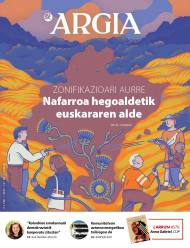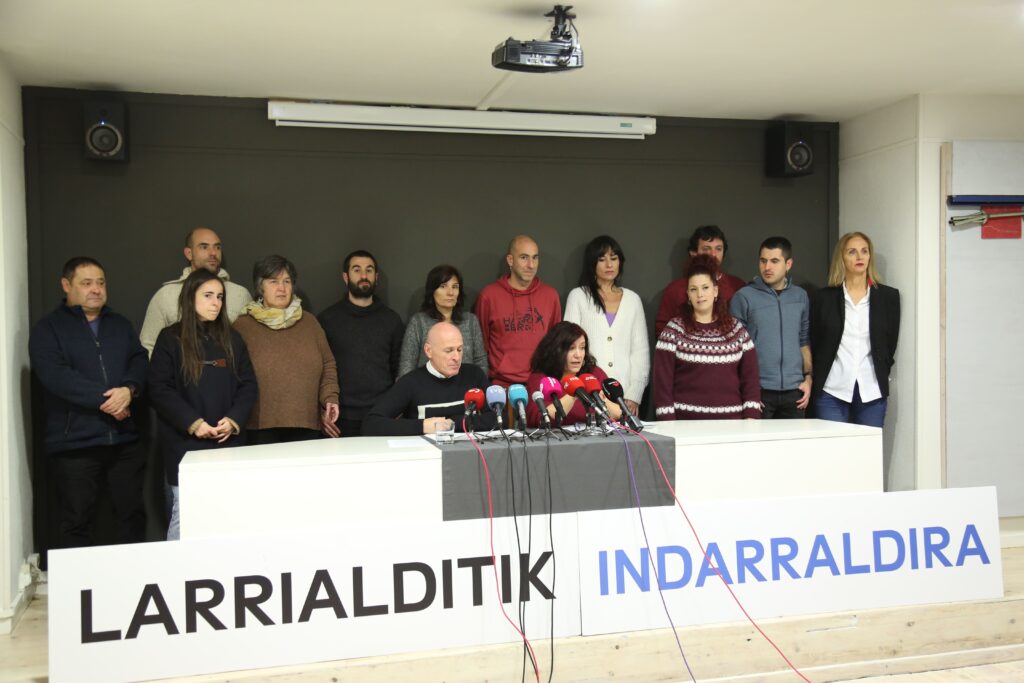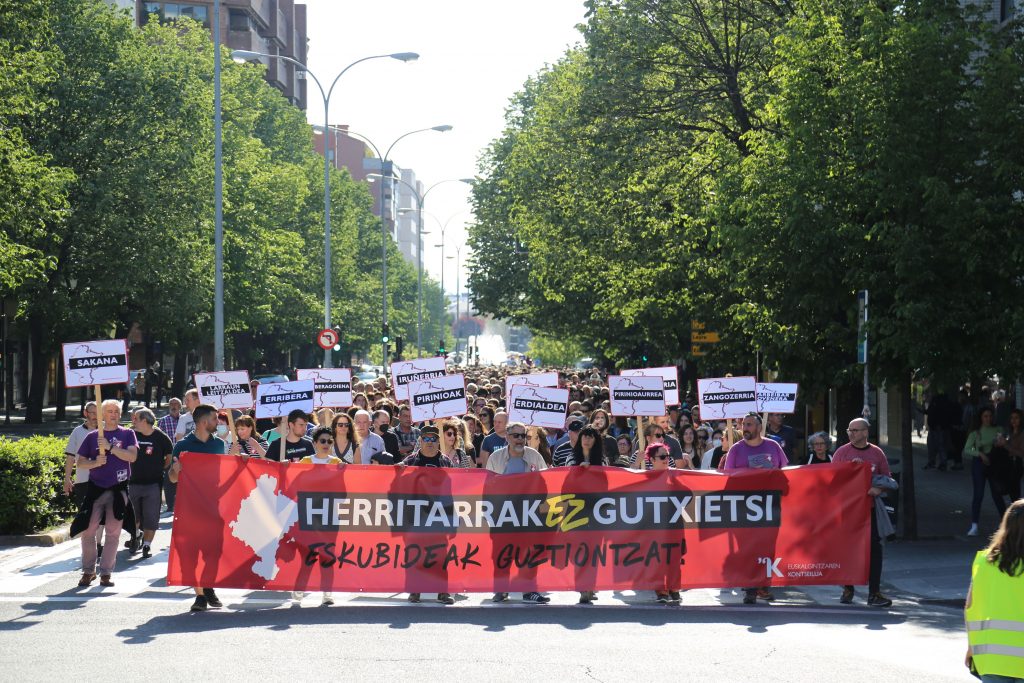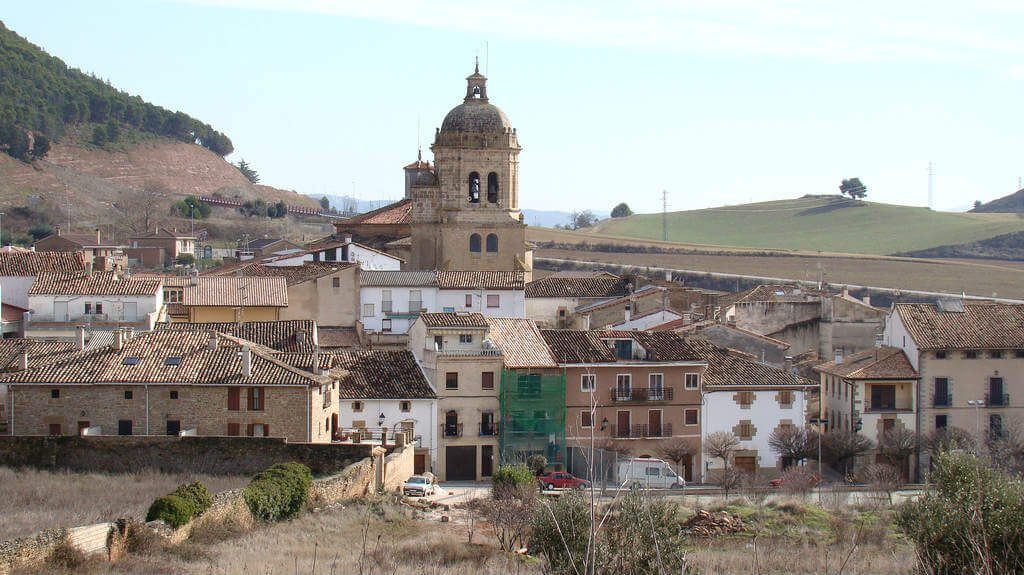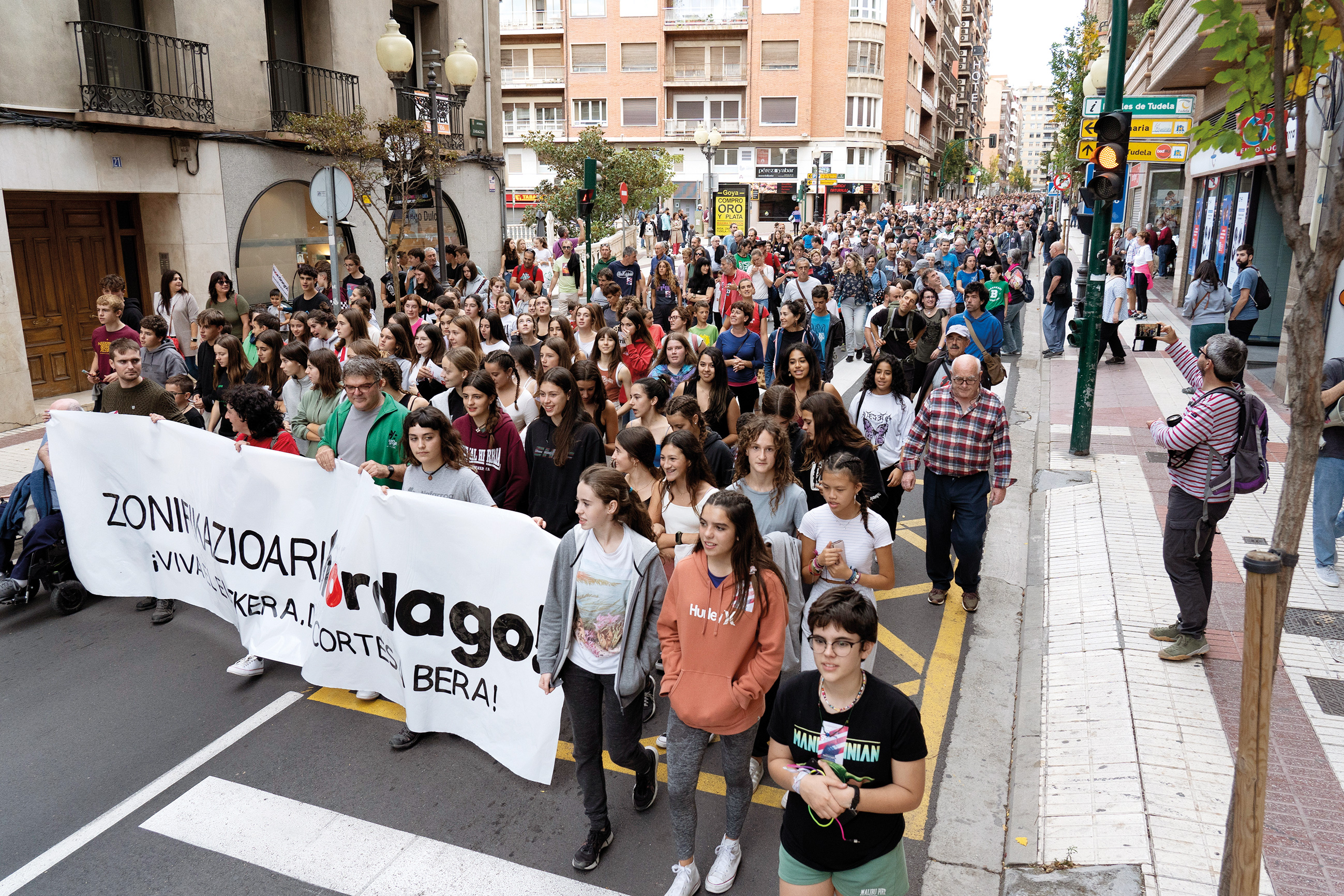Basque also in education
- In this report we tell you that many initiatives are being organized to make the Basque Country official throughout Navarre. As for education, vasophils also have different ways of combating zoning, they have as many forces as obstacles. Here are two examples: on the one hand, the Ikastola de Tafalla has been educating children in Euskera for half a century, and there they have celebrated the Nafarroa Oinez festival of 2022; on the other, the parents of the Larraga public school are mobilizing for the Government of Navarra to authorize them the corresponding D model.
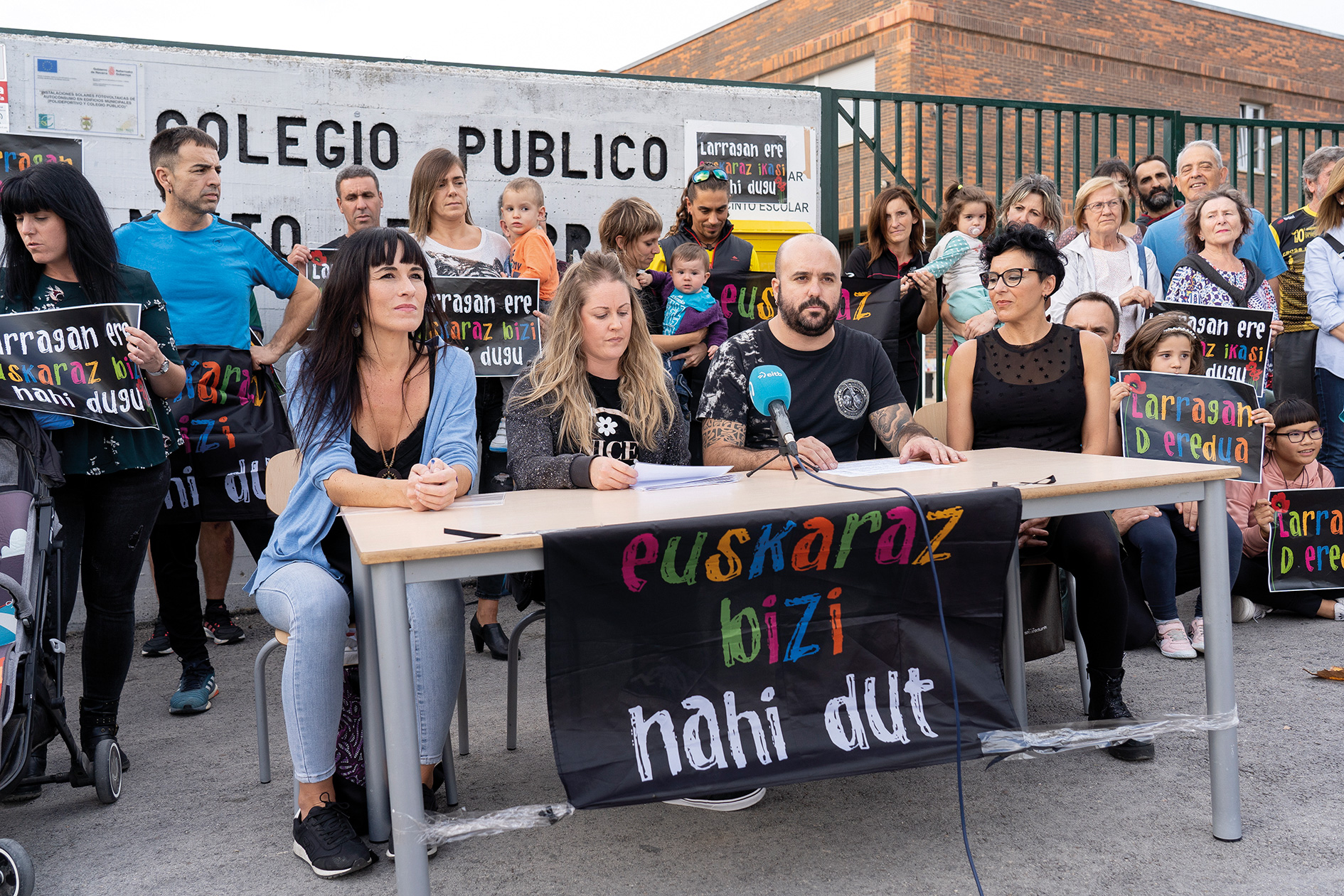
Among the struggles for the Basque in the south and in the center of Navarre is the one undertaken long ago by the Confederation of Ikastolas. As every year, they have also organised the Nafarroa Oinez festival this year on 16 October. Tafalla – a mixed area – is the Basque country that has taken this weekend, according to the director of Ikastola Garcés de los Fayos, Paula Arrangi. "It is true that our expectations were very high, but I think they have been exceeded. A lot of people have approached the town and on the weekend we have had the opportunity to see Basque Tafalla."
Managed to confess to us the day after the festival that they have been able to carry out the project thanks to the voluntary work of families, and defined ikastola as a community; they have been Euskaldunifying boys and girls for half a century, and clarified that they have evolved from the beginning. "Before Nafarroa Oinez thousands of people came and today they are less numerous. I think the biggest change has been that, the party has become a little smaller, but with another way of claiming, with more force. Today's generations, these young people, come very strong and really want to help us move our project forward."
The motto chosen for the festival is "to sow in the center", and Arrangi acknowledges that the work done has borne fruit. It has been an "honour" for Arrangi to have that responsibility, and he has stressed that organizing this kind of party shows that they are "on the right track": "I will never tire of saying that without the ikastola we would not be at the moment when we are at this moment in relation to the Basque country. The road is difficult, it is difficult to live in Basque in Tafalla, but we are on the right path, and we have to continue sowing and sowing, because when you receive the harvest it is worth it."
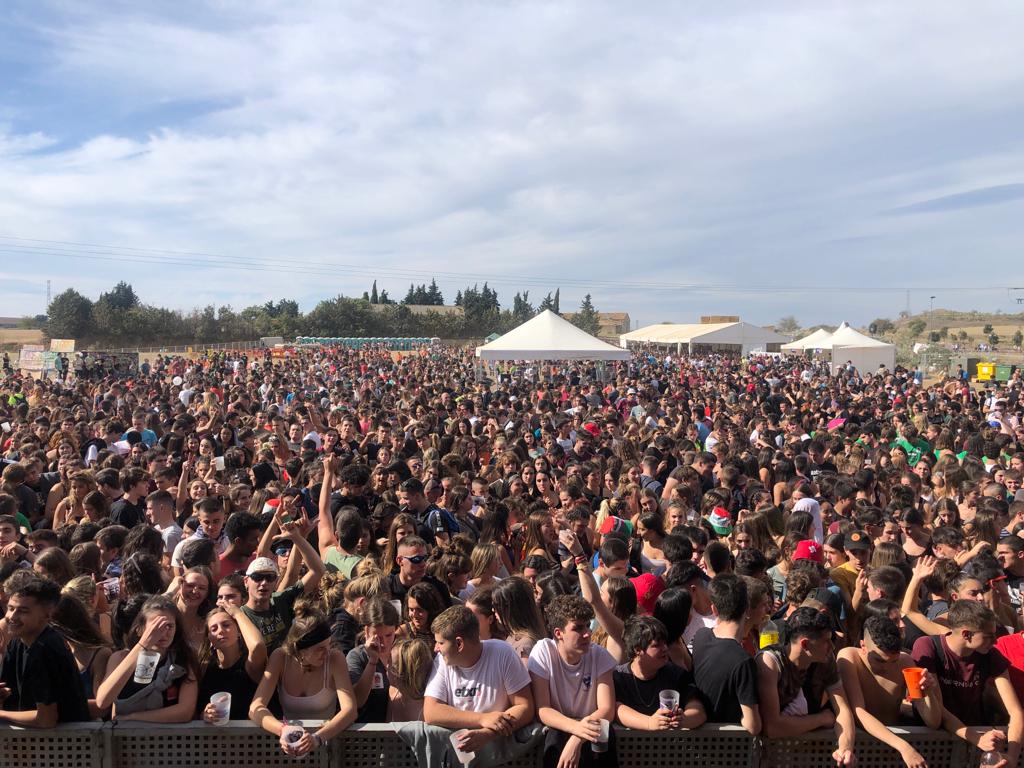
Asking for model D in Larraga
On the other hand, many public centers in discriminated zones are working to achieve Basque education. Thanks to a change in the Basque Law in 2015, model D can be opened in all public centers throughout Navarre, depending on the demand, but in reality they have many difficulties. An example of this is the Colegio San Miguel de Larraga, a non-vascophony area.
They have models A and B, and currently those who bet on the model of immersion in Euskera have two options: either stay in the village school, but give up studying in model D, or go to Tafalla school to study model D, leaving the people. In fact, the school map of Navarra determines that the student of Larraga who wants to study in model D has to go to Tafalla.
A group of parents from the centre have asked the Government of Navarra to open a line of model D, but they are waiting for their answer.
Agurne Gaubeka, director of the Observatory on Linguistic Rights, stresses that this is not a problem this year in Larraga or in Mendigorría last year, but a general problem: “There is no active offer from the government in favor of the Basque country, and when families ask for it everything is an obstacle. This situation totally conditions the Basque educational model, but we see that once model D is implemented, more and more families support it”.
Last Thursday the PSN and Navarra Suma rejected in the Parliament of Navarra the proposal of law to enter the mixed area of Mañeru. In addition to refusing, the PSN proved harsh. Although the City of Mañeru unanimously approved the inclusion in the mixed area, the law was not... [+]
On December 15, the "Basque Law" will be 36 years old. 36 years since the division of Nafarroa Garaia in three areas. 36 years since the division of our linguistic rights into three areas. Living in Basque as an option associated with a specific area.
Since then, we Basques have... [+]









